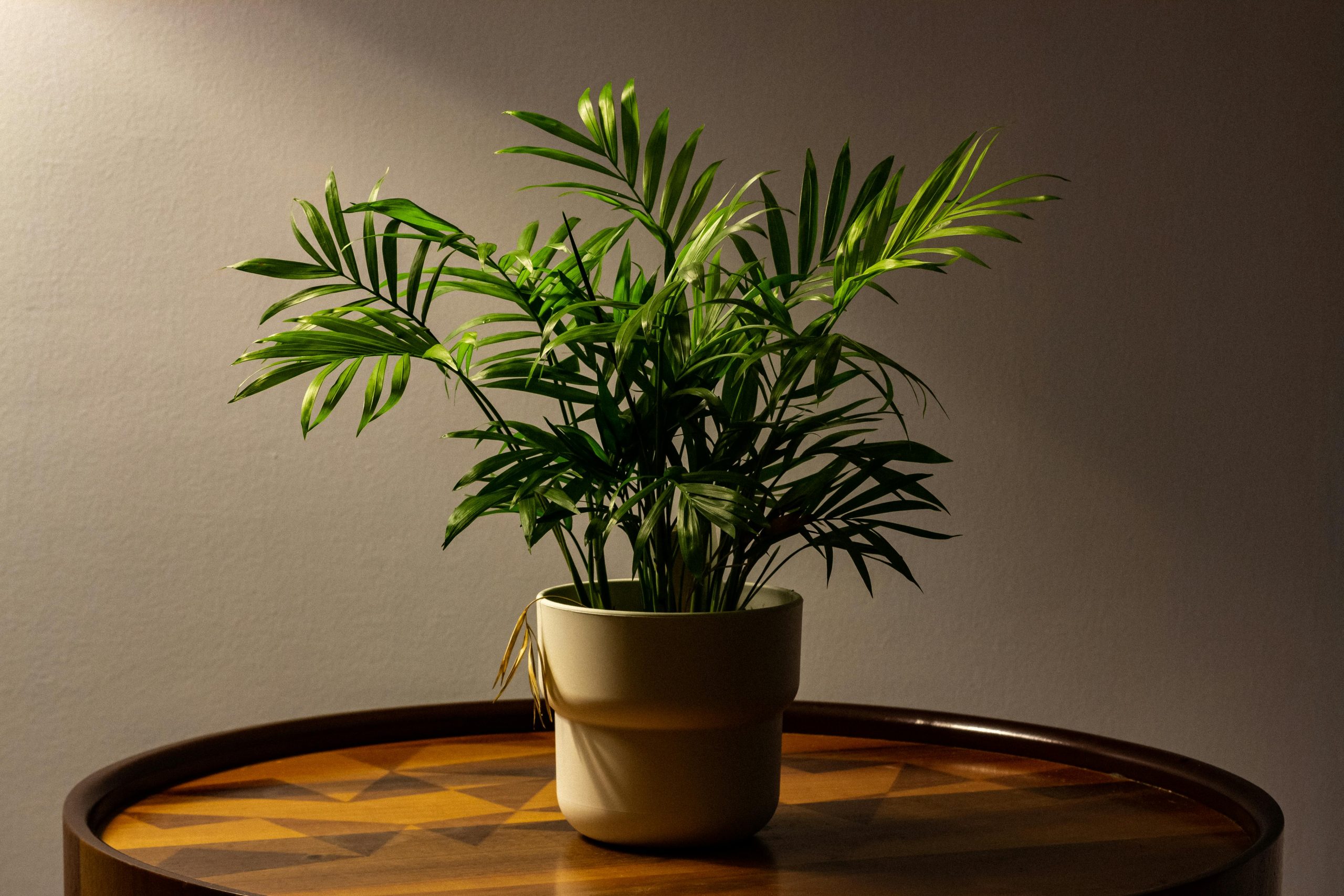Full Guide on Snake Plant Care
by Mark Hunt

Snake plants bring calm, structure, and texture to an indoor environment. Many people love its robust leaves and its stable growing habit. This robust pick can easily manage a busy schedule, tolerating a little neglect with ease. With all this knowledge about snake plant care in mind, each snake plant will grow with healthy roots, lush leaves, and balanced growth.
Understanding the Plant’s Basic Nature
Snake Plant: The snake plant is a sturdily leafed plant with tall, bold, and vertical leaves. Each leaf retains moisture to help it survive through future dry seasons. It is to provide backyards with strong support for a large number of plants to grow indoors. Homeowners prize the durability, classic shape, and uniformity of this plant.
Selecting the Right Spot
Placement influences appearance and health. Leaves retain their colour in a bright area, but this plant also thrives in low light. Indirect rays are fine, as direct rays can cause marks or dry out the skin. Temperature-controlled?rooms lead to healthier plants.
Key factors include:
- A location with filtered brightness
- A shady?location that avoids the punishing midday sun
- A room with gentle airflow
- A corner?away from heaters or vents
Balancing Watering Needs
The state of?a plant is often determined by its watering habits. This species will be harmed by excess moisture, while dryness will strengthen it. Most dog owners select one of the schedules with a?long time between waterings. The soil should be crunchy?at the surface prior to another moisture event.
A simple pattern helps:
- Water only after the?soil dries
- Reduce frequency during colder months
- Pour slowly to avoid pooling
- Permit drain holes to dispose?of surplus water
Choosing Appropriate Soil
Soil with good circulation and air pockets is a happy home for a snake plant. A well-draining mix avoids?root problems. A light formula with coarse material helps water flow. This is why many gardeners use blends marketed for cacti, as these mixes facilitate rapid drainage of excess water.
Soil considerations:
- Use a loose blend with grit
- Allow the?mixture to dry between watering
- The bottom of the container must?have open holes
Using the Right Container
Root strength and the amount of moisture a particular plant or root receives are?highly dependent on the specific container. Using a pot with drainage holes ensures that excess moisture is drained away. People prefer clay pots because they dry out the sides of the pot, allowing for a drier root zone. If the pot is too big, it may collect water where it is not needed, so choosing the right size saves you a headache.
Feeding for Steady Growth
Feeding needs remain simple. Supports Growth: A mild product used once or twice during warmer times. Overfeeding may lead?to soft growth or discolouration. Because?using a balanced formula sparingly ensures leaves stay firm and fresh.
Points to remember:
- Use a mild option
- Reduce frequency during cooler months
- Apply in small amounts
Cleaning Leaves
Just enough human-like, borderline style (This is better, because a snake plant looks good when the leaves stay clean). Dust could accumulate on the top, depriving it of its shine. Each leaf can be wiped with a soft cloth soaked in normal water. Mild cleaning helps promote healthy growth and a better appearance.
Repotting at the Right Time
Roots grow slowly, yet they?soon fill the pot. A touch of bulge at the sides means more?elbow room is required. Repotting into a pot that is one size larger gives the roots room to stretch. New dirt will help with growth after?being repotted.
Repotting tips:
- Only repot when roots really?start filling the pot edge
- Select a slightly larger pot
- Regenerate quality soil by?adding fresh
Common Issues and Simple Solutions
Others may experience soft spots?or fading. Soft leaves or mushy roots are often a sign of overwatering. Pale foliage can be a?result of limited light. These problems can be fixed through proper placement and controlled watering, and in most cases, these?types of trees will return to vigour.
Common signs and responses:
- Drooping leaves: reduce moisture
- Pale leaves: relocate them to?a sunnier spot
- Rotten roots, remove rotten and replant?into a clean mix
Maintaining Healthy Growth Over Time
Regular checks help maintain vitality. Tracking small modifications enables rapid?fixes. A regular schedule with the right amount of watering, proper lighting, and occasional feeding?keeps the plant happy and healthy. Leaves that appear healthy?will be upright, stiff, and have a rich colour. When looked after with consideration, snake plants each command a strong presence in any interior.
Snake plants bring calm, structure, and texture to an indoor environment. Many people love its robust leaves and its stable growing habit. This robust pick can easily manage a busy schedule, tolerating a little neglect with ease. With all this knowledge about snake plant care in mind, each snake plant will grow with healthy roots,…